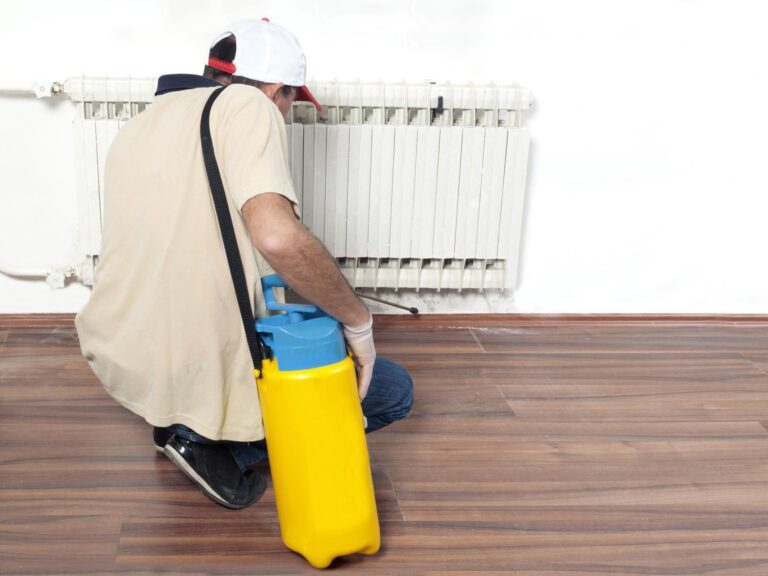
In a few places, quality pest control is as important as in food industry environments, as an infestation can endanger the product and the reputation of a company. However, pest control in these environments is a sensitive and complex activity, in which precautions must be taken to maintain food safety.
In food processing environments, proper pest control is an indisputable necessity. For this, the best way to control pests and, at the same time, respect the sensitive environmental needs of a food plant is to apply the principles of Integrated Pest Control (IPC).
Step 1: The Inspection
The cornerstone of an effective CIP system is a regular inspection program. At food processing plants, weekly inspections, or even more frequently are common.
The guardian routine inspections focus on the areas where pests are most likely to appear and identify possible entry points, food, and water sources, or refuge areas for pests, which could cause problems
Step 2: Preventive Action
If regular inspections reveal vulnerabilities in the pest control program, steps must be taken before they cause a real problem. One of the most effective preventive measures is exclusion. That is, performing the necessary structural maintenance to close the possible entry points of the pests detected in the inspection.
By physically controlling pests, it is possible to reduce the need for chemical measures. Similarly, proper sanitation and cleaning will eliminate potential sources of food and water, reducing the pest’s persistence.
Step 3: Identification
Each pest has a different behavior, so by correctly identifying the problem species, it can be eliminated more efficiently and with less risk of damaging other organisms.
Guardian Pest Control Tacoma professionals always start with the correct identification of the pest to be treated. Therefore, it is important to ensure that the contracted pest control provider is well trained in the identification and behavior of pests.
Step 4: Analysis
Once the pest is correctly identified, it is necessary to determine why there is a pest in the facility. Are there food debris, moisture buildup, or odors that may attract it? How does the pest find its way into the facility? Is it possible that the incoming goods are infested?
The answers to these types of questions will lead to the choice of the best control techniques.
Step 5: Selection Of Treatment
Integrated pest control emphasizes the use of non-chemical control methods, such as exclusion or capture, rather than chemical options. When other control methods have failed or are unsuitable for the situation, chemicals can be applied in low-volatile formulations and in specific areas to treat a specific pest.
In other words, it’s about using the right treatments in the right places and in the fewest applications necessary to control the pest successfully.